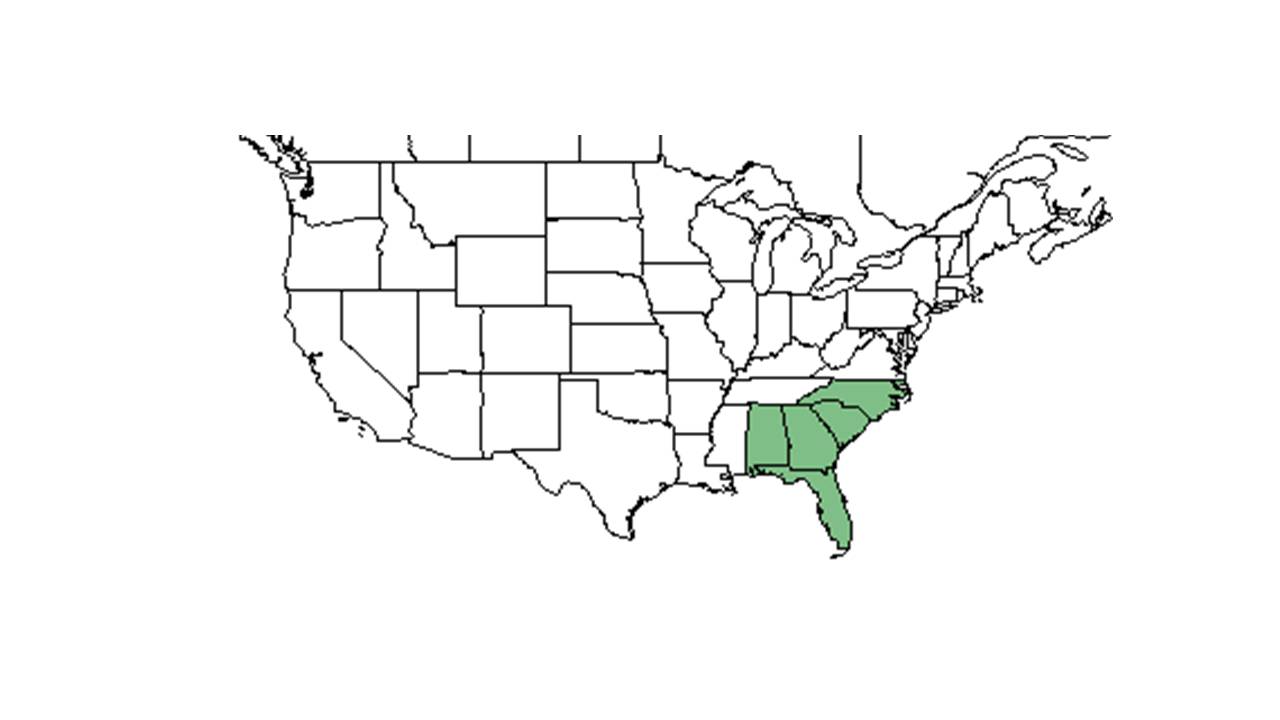Difference between revisions of "Orbexilum lupinellus"
(→Ecology) |
|||
| Line 45: | Line 45: | ||
''O. lupinellus'' has been observed to grow in recently-burned longleaf pine forests.<ref name="FSU Herbarium"/> | ''O. lupinellus'' has been observed to grow in recently-burned longleaf pine forests.<ref name="FSU Herbarium"/> | ||
| − | <!--===Pollination | + | <!--===Pollination and use by animals===--> |
| − | |||
<!--===Diseases and parasites===--> | <!--===Diseases and parasites===--> | ||
| + | |||
==Conservation, cultivation, and restoration== | ==Conservation, cultivation, and restoration== | ||
Revision as of 19:51, 14 June 2021
| Orbexilum lupinellus | |
|---|---|

| |
| Photo by Bob Upcavage, Atlas of Florida Vascular Plants | |
| Scientific classification | |
| Kingdom: | Plantae |
| Division: | Magnoliophyta - Flowering plants |
| Class: | Magnoliopsida – Dicotyledons |
| Order: | Fabales |
| Family: | Fabaceae ⁄ Leguminosae |
| Genus: | Orbexilum |
| Species: | O. lupinellus |
| Binomial name | |
| Orbexilum lupinellus (Michx.) Isely | |

| |
| Natural range of Orbexilum lupinellus from USDA NRCS Plants Database. | |
Common names: Piedmont leather-root; Lupine scurfpea[1]
Contents
Taxonomic notes
Synonyms: Orbexilum lupinellum (Michx.) Isley; Psoralea lupinellus Michx.; Rhytidomene lupinellus (Michaux) Rydberg.[1]
Varieties: none.[1]
Description
O. lupinellus is a perennial herb, native to southern North America and Mexico. Its corolla is blue, pink, or violet and the leaves are palmately 5-7 foliate. The leaflets are linear to narrowly oblanceolate. They're 2-7 cm long and 0.5-2.0 (-3.5) mm wide; normally over 10x long as wide.[1]
Distribution
This species is endemic to the southeastern Coastal Plain, ranging from southcentral and southeastern North Carolina to central peninsular Florida, southern Alabama, and eastern Georgia.[1]
Ecology
Habitat
Habitats of O. lupinellus are sandhills, sandy pine-oak woods, scrub oak ridges, longleaf pine forests, slopes and upland oak-pine woods.[2] It has been observed to grow on loamy sand soils.[2] In a study comparing N2 fixation potential in nine legume species occurring in longleaf pine-wiregrass ecosystems, O. lupinellus had the lowest potential for N2 fixation.[3] Associated species include Pinus palustris, Quercus laevis, Q. incana, Q. stellata, and Aristida stricta.[2] Is also seen in human-disturbed areas such as clearing of pinewoods and disked areas.[2]
Phenology
O. lupinellus is a perennial herb[3] that flowers from May through July[4] and fruits from July through August.[1]
Seed dispersal
This species is thought to be dispersed by gravity.[5]
Fire ecology
O. lupinellus has been observed to grow in recently-burned longleaf pine forests.[2]
Conservation, cultivation, and restoration
Cultural use
Photo Gallery
References and notes
- ↑ 1.0 1.1 1.2 1.3 1.4 1.5 Weakley, A.S. 2015. Flora of the southern and mid-atlantic states. Working Draft of 21 May 2015. University of North Carolina at Chapel Hill, Chapel Hill, North Carolina.
- ↑ 2.0 2.1 2.2 2.3 2.4 Florida State University Robert K. Godfrey Herbarium database. URL: http://herbarium.bio.fsu.edu. Last accessed: March 2016. Collectors: Collectors: William B. Fox, Robert K. Godfrey, H. E. Ahles, J. Haesloop, R. Kral, Wayne R. Faircloth, Steve L. Orzell, E. L. Bridges, Loran C. Anderson, Sidney McDaniel, D. J. Ockendon, O. Lakela, A.H. Curtiss, and Mr. and Mrs. R.H.A. Davis, R.A. Norris. States and Counties: Florida: Clay, Duval, Hamilton, Hillsborough, Leon, Madison, Suwannee, Taylor, Walton. Alabama: Autauga. Georgia: Baker, Lowndes, Thomas. North Carolina: Moore, Scotland.
- ↑ 3.0 3.1 Cathey, S. E., L. R. Boring, et al. (2010). "Assessment of N2 fixation capability of native legumes from the longleaf pine-wiregrass ecosystem." Environmental and Experimental Botany 67: 444-450.
- ↑ Nelson, G. PanFlora: Plant data for the eastern United States with emphasis on the Southeastern Coastal Plains, Florida, and the Florida Panhandle. www.gilnelson.com/PanFlora/ Accessed: 19 MAY 2021
- ↑ Kirkman, L. Katherine. Unpublished database of seed dispersal mode of plants found in Coastal Plain longleaf pine-grasslands of the Jones Ecological Research Center, Georgia.